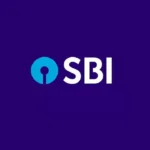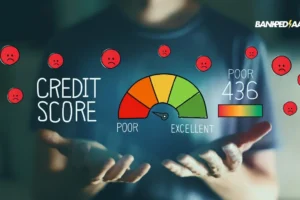Managing your finances effectively is crucial for achieving financial stability and security. A well-crafted budget is the foundation of a healthy financial life, enabling you to make informed decisions about your money. In this article, we’ll explore the essential steps to create a budget that actually works for you.
Step 1: Identify Your Income
Start by calculating your total monthly income from all sources, including your salary, investments, and any side hustles. This will give you a clear understanding of how much money you have available for budgeting.
Step 2: Track Your Expenses
For one month, write down every single expense, including small purchases like coffee or snacks. This will help you identify areas where you can cut back and allocate funds more efficiently.
To make tracking your expenses more efficient, consider using one of the following expenses management apps:
- Mint: A user-friendly app that connects to your bank accounts, tracks your spending, and provides personalized budgeting advice.
- Personal Capital: A comprehensive app that helps you monitor your income and expenses, investments, and debts in one place.
- Expensify: A simple and intuitive app designed for effortless expense tracking, ideal for individuals and businesses.
- Spendee: A straightforward app that allows you to track your expenses, categorize spending, and set budgets.
- Wally: A budgeting app that helps you track your expenses, income, and savings goals, with a focus on financial wellness.
- Pocketbook: A free app that enables you to track your income and expenses, set budgets, and receive financial alerts.
- Quicken: A personal finance app that helps you track your spending, creates a budget, and sets financial goals.
- YNAB (You Need a Budget): A popular app that assists you in managing your finances by assigning jobs to every dollar you earn.
These apps are available on both iOS and Android devices, making it easy to track your expenses on-the-go!
Remember: Choose an app that suits your needs and preferences, and don’t hesitate to explore more options. The key is to find a tool that makes expense tracking a breeze, helping you stay on top of your finances.
Step 3: Categorize Your Expenses
Divide your expenses into categories, such as:
- Housing (rent/mortgage, utilities, maintenance)
- Transportation (car loan/gas/insurance, public transportation)
- Food (groceries, dining out)
- Insurance (health, life, disability)
- Debt repayment (credit cards, loans)
- Entertainment (hobbies, movies, concerts)
- Savings (emergency fund, retirement)
Step 4: Set Financial Goals
Determine what you want to achieve with your budget. Do you want to:
- Pay off debt?
- Build an emergency fund?
- Save for a down payment on a house?
- Increase retirement savings?
Step 5: Assign Percentages
Allocate a percentage of your income to each category based on your goals and priorities. A general rule of thumb is:
- Housing: 30%
- Transportation: 10-15%
- Food: 10-15%
- Insurance: 5-10%
- Debt repayment: 5-10%
- Entertainment: 5-10%
- Savings: 10-20%
Step 6: Monitor and Adjust
Regularly track your spending and compare it to your budget. Make adjustments as needed to stay on track and achieve your financial goals.
Conclusion
Creating a budget that works for you requires effort and dedication, but the payoff is worth it. By following these steps, you’ll be able to:
- Manage your finances effectively
- Achieve financial stability and security
- Reach your long-term financial goals
Remember, a budget is not a one-time task, but an ongoing process. Stay committed, and you’ll be on your way to financial freedom.














